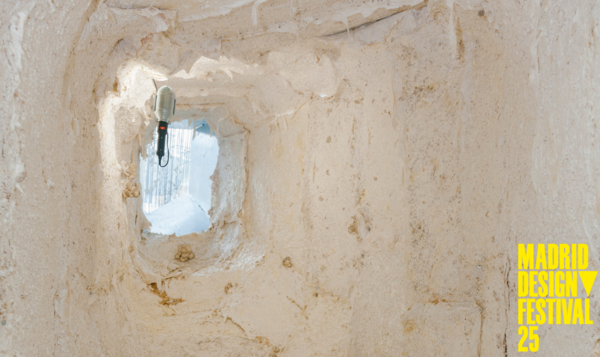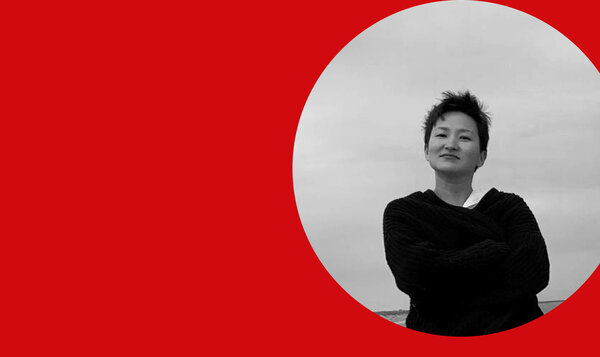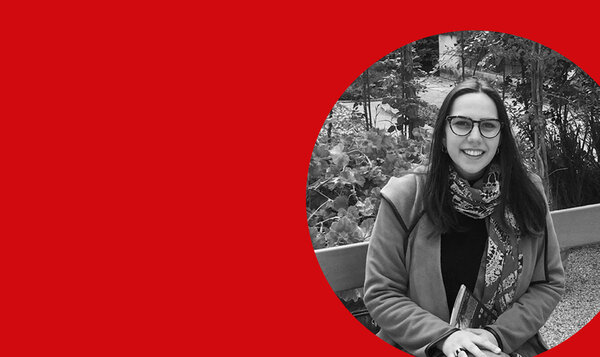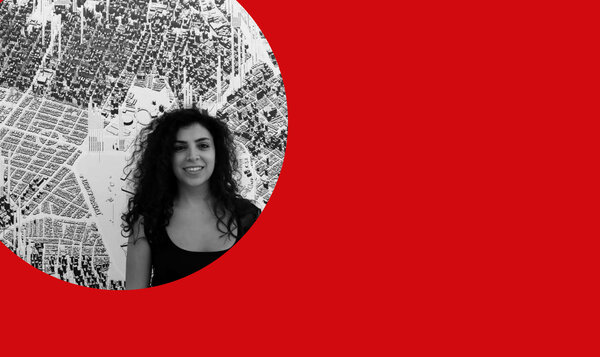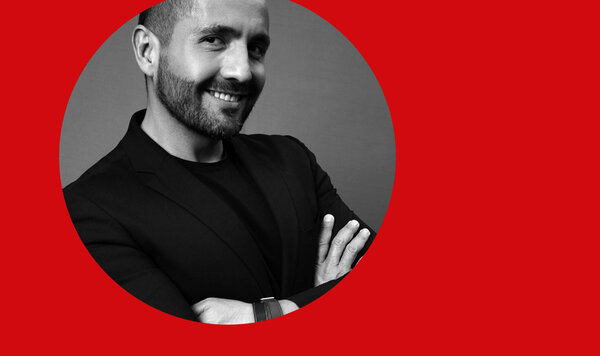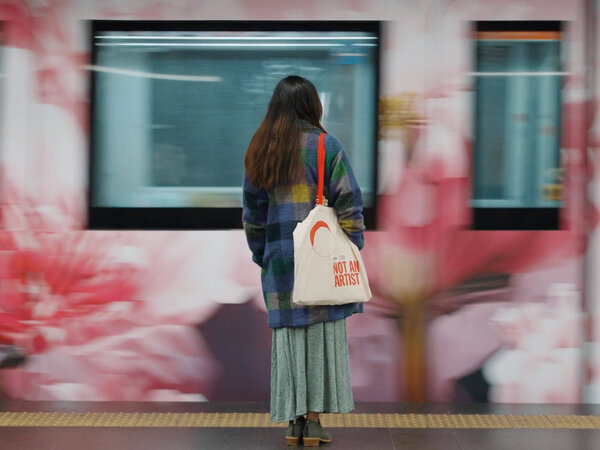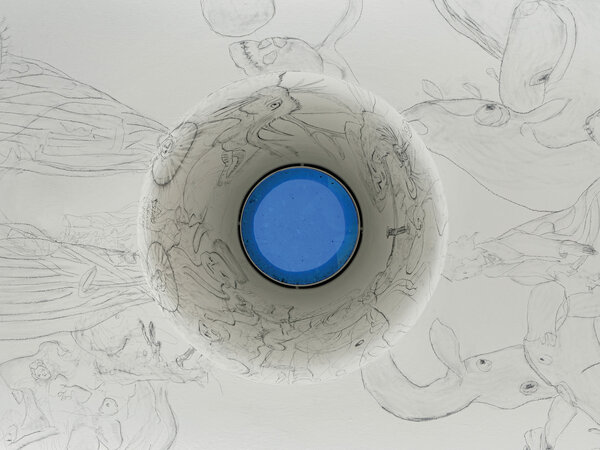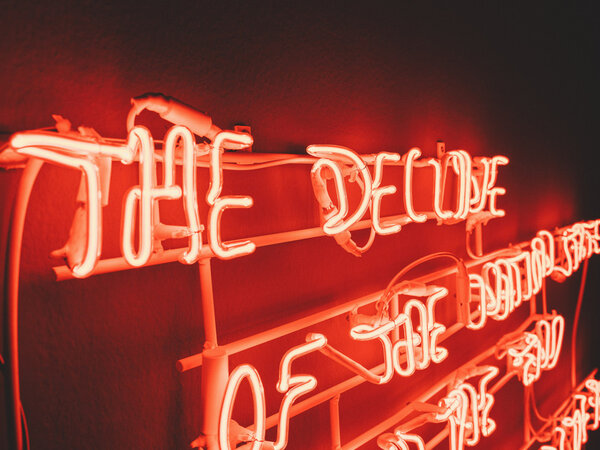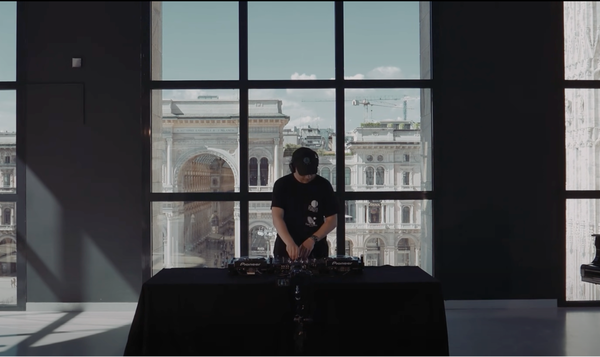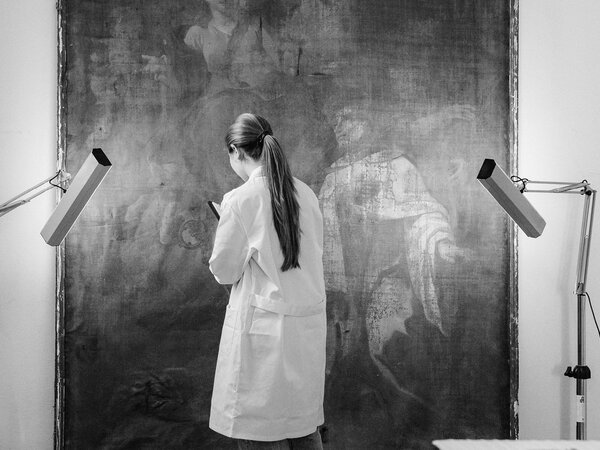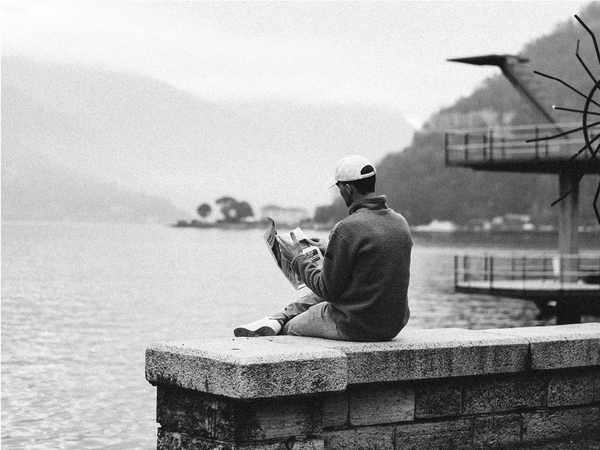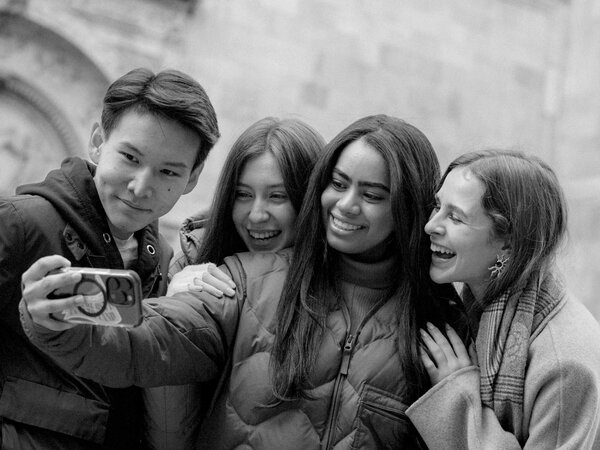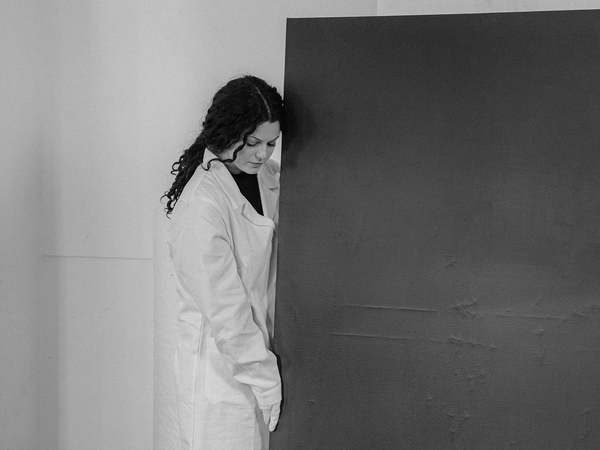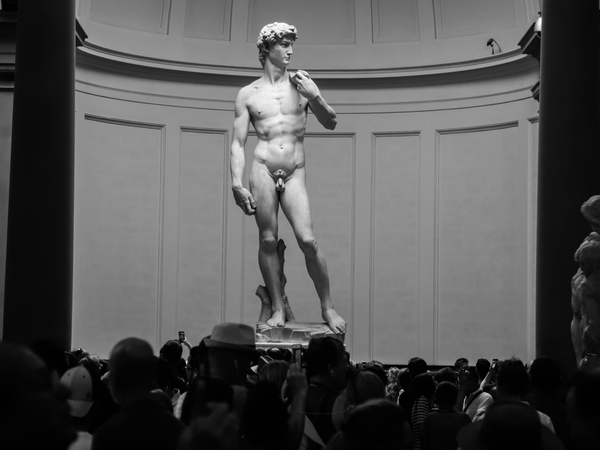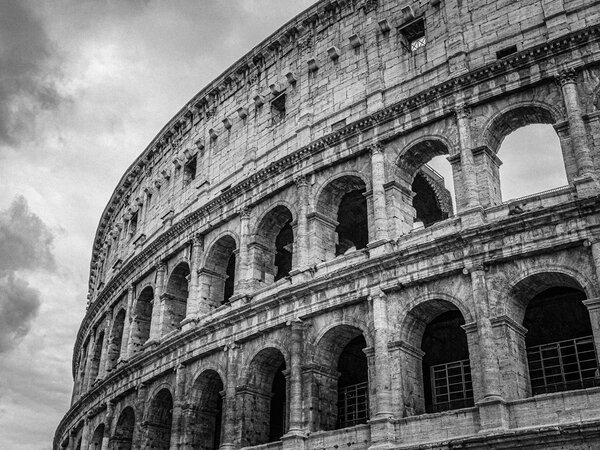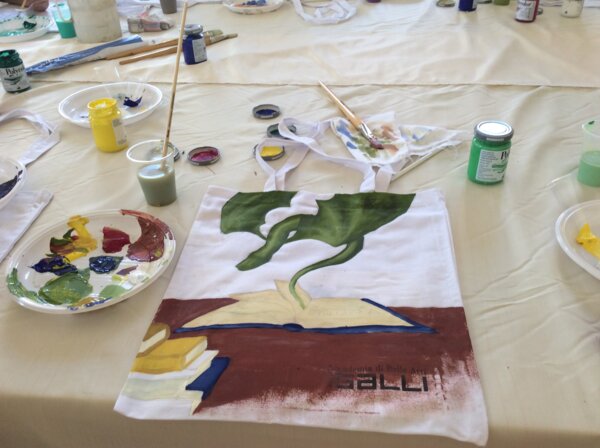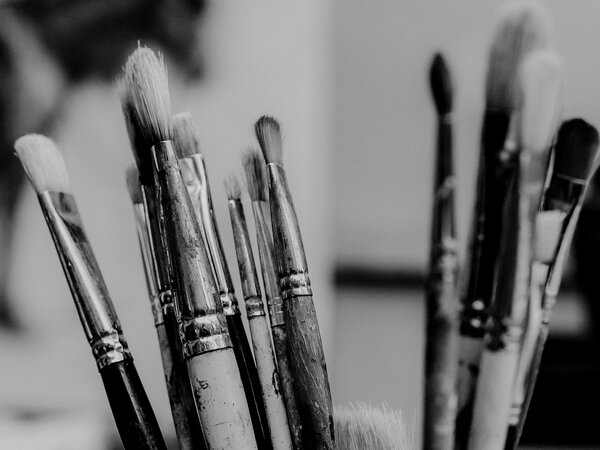
The professions of contemporary art
Discover the NOT AN ARTIST project
NOT AN ARTIST is an investigation project led by IED and Accademia di Belle Arti “Aldo Galli” Como, involving professionals of the world of contemporary art and culture. The goal is to foster a conversation and a discussion about the role and future evolution of all the “side-professions” that accompany and complement the work of Artists and Designers as well as the definition of the blurring borders between Art and the Design disciplines.
The investigation starts with identifying the professionals of the contemporary art and cuture scenario. We involved them in interviews and events.
What does it mean to be NOT AN ARTIST?
The professional figures collateral to those of the artist who accompany, guide and complete the complex machinery of the art system have been examined by IED in the NOT AN ARTIST research project which consists of an itinerant dialogue between experts on the evolution of professions in the art world with the aim of constantly updating the educational offer and the teaching staff of IED and Accademia Galli to offer an educational experience that is as effective as possible for all those who intend to pursue a career in the artistic and cultural fields.
NOT AN ARTIST AS A PROFESSIONAL:
Discovering the professions of Contemporary Art
Interviews
Curator, Arts Manager, Museum Educator, Restorer/Conservator and Registrar are some of the professions explored through the project
WHAT DOES THE CURATOR DO?
Daria Filardo - Independent Curator - Florence/Palermo
Defining the figure of the curator means defining a complex figure. Since the 1990s, we have inevitably been involved in what has been defined as the "Curatorial turn", a turning point which has led, among other things, to the official introduction of the term curator and the verb associated with it, to cure, even outside the artistic language. Therefore, museums, art institutions, and galleries have opened up to the curatorial turn in multiple forms and, more specifically, requiring precise profiles: from curating exhibitions as their central and perhaps more traditional role for a curator to curators of public programs, also collection managers, archive curators, gallery managers, artist liaisons specialists, VP program coordinators, and the list might go on and on. The curator today is a producer of knowledge, a pivotal figure in our contemporary society that interprets reality and its complexities through the creation of bodies of knowledge that can have different forms such as exhibitions – complex organisms made of multiple tensions- , or producing multiple typologies of narrations.
Curators can, as said, also create public programs to deepen the visual language of the artists, or can engage in participative projects that negotiate with different social groups and dense realities. To be a curator today means to have a
direct relation with artists, thinkers, cultural managers; means to engage, negotiate and propose a new form of visual and discursive construction of reality.


WHAT DOES THE ARTS MANAGER DO?
Francesco Dobrovich - Arts Manager and Creative Director - Videocittà - Roma
In the last twenty years, public institutions have been raising their investments in culture.
Art, design, fashion, and audiovisual are today instruments of economic and social growth.
Cities and territories are establishing their identity through cultural activities that enhance them.
At the same time companies are linking their brand to cultural interventions, needing to create contents with which to communicate their brand values.
Hence, the complexity of the culture and contemporary communication system are strongly requiring skilled managers, able to handle both the technological progress that suggests new storytelling metrics, and the several steps for managing complex creative projects.
WHAT DOES THE MUSEUM EDUCATOR DO?
Martino Margheri - Education Manager at Fondazione Palazzo Strozzi - Firenze
Working in museums and art exhibitions represent a privilege and a challenge at the same time. Museums in fact are committed to spread the content of their artistic heritage and make it accessible to different audiences - in addition to preserve, exhibit and store artworks. Participation, involvement, accessibility and inclusion are some of the key words for designing educational programs and experiences in museums. Professionals of the field master teaching methods, public engagement strategies, experience design know-how and mediation skills. Exhibitions also offer the opportunity to expand the field of knowledge towards multiple directions: historical, political, material. Most of the time art is silent, so talking, sharing and presenting art as well as designing public programs represent a predominant aspect in this profession.


WHAT DOES THE REGISTRAR DO?
Sandra Divari - Registrar - Peggy Guggenheim Collection - Venice
Even obsessive museum goers may not be familiar with the role of the registrar, an obscure word that comprises different responsibilities. The job varies according to size, history, and mission of the institution. There are permanent collection registrars and registrars for temporary exhibitions. Collection registrars are responsible for the movement of the art objects and keep track of their location. They arrange and coordinate the safe transfer of artwork on loan to other museums including the organization of transportation, security, insurance. They may act as courier and supervise installation at the borrowing institution. Registrars assist with the completion of condition reports and generate documentation needed for acquisitions.
WHAT DOES THE CONSERVATOR/RESTORER DO?
Federica Colombani - Restorer - Como
Being a restorer means to preserve works of art for the future, respecting the constituent materials and the passing of time. This job often requires some research to define the best action to take, without changing the original materials in any way. However, there are also many other tasks that can be involved in this position, such as, Examining, studying and treating artworks, performing conservation treatments to the highest standards, developing and maintaining standards for storing, handling, installing, packing, and shipping artworks, collaborating with scientists, department colleagues, and others on complex projects, publishing and presenting research ON new green materials and solvents that that have less impact on the planet and less toxic for the operator, advise curators and other staff on any technical issues related to potential acquisitions and current collections. Restorers and conservators typically spend their time in a museum workroom, handling artwork or in a lab using cleaners, and tools to repair works of art. The meaning attributed to the definitions of “restoration” and “conservation” has changed over the years, and is subject to continuous revisions due to the complex relations with artistic, social, philosophical and historical issues.

Events and Exhibitions
In the framework of International events and partnering with renowned institutions IED invites the protagonists of the cultural world to share their own experiences presenting practical examples, case studies and best practices in order to enrich the debate and provide participants with an overview of the future career opportunities in the artistic and cultural field.
What does it mean to be NOT AN ARTIST?
What is the role of Institutions and different professionals in the changing scenario?
Where does the border between art and design lie?
The answer to these questions, and more, was given in the events and exhibitions.

STUDENTS OF THE IED ART COURSES HAVE WORKED WITH PROFESSIONALS OF THE FOLLOWING INSTITUTIONS AND GALLERIES
Fondation Pinault - Fondazione La Biennale di Venezia Peggy Guggenheim Collection - Aurora Museum - Fondazione Prada - MoCP Museum of Contemporary Photography - Museo Nacional Centro de Arte Reina Sofia - La Quadriennale di Roma - MUVE Fondazione Musei Civici Venezia - Istanbul Museum of Modern Art - Courtauld Institute of Art - Centro Pecci per l’Arte Contemporanea - Galleria d’Arte Moderna di Roma - Fondazione Palazzo Strozzi - MART Museo d’Arte Contemporanea di Trento e Rovereto - Christie’s - Bologna Artefiera - Ikon Gallery - Alberta Pane Gallery - Manifattura Tabacchi - Fondazione Querini Stampalia - MAXXI - MUSE Factory of Projects - DRAF David Roberts Art Foundation Limited - Associazione Arte Continua/Galleria Continua
Highlights
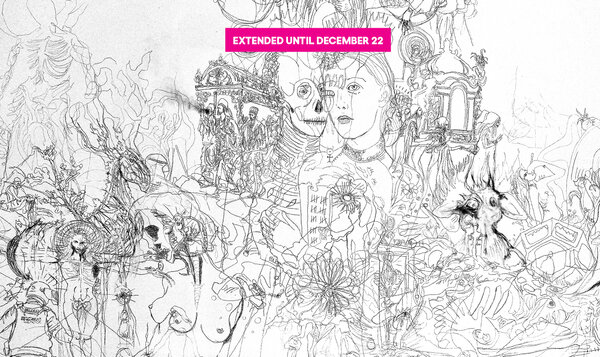
The Tilt of Time
The Tilt of Time is an exhibition organized by IED Firenze and the Fondazione Palazzo Strozzi that explores the multifaceted nature of time through the artworks of seven artists

An exclusive talk with Formafantasma inaugurates the partnership between IED and Centro Pecci
IED Firenze students and teachers had the opportunity to visit an exclusive preview of 'Eccentrica', the permanent collection of the Centro Pecci Pecci, where they met Formafantasma, the designers who have worked on setting up the exhibition.
Lucy Orta mentor for IED
English artist Lucy Orta is the special mentor for a group of IED network students working on a large installation on the theme of "transition" for Pitti Uomo 104.
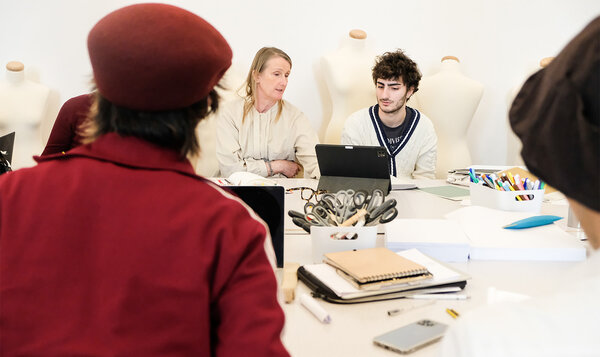

Masterclass with Cecilia Alemani: A journey through "The milk of dreams"
In the framework of the activities organized by the Master in Curatorial practice, IED Firenze - Cecilia Alemani will hold a Masterclass to the IED Community
